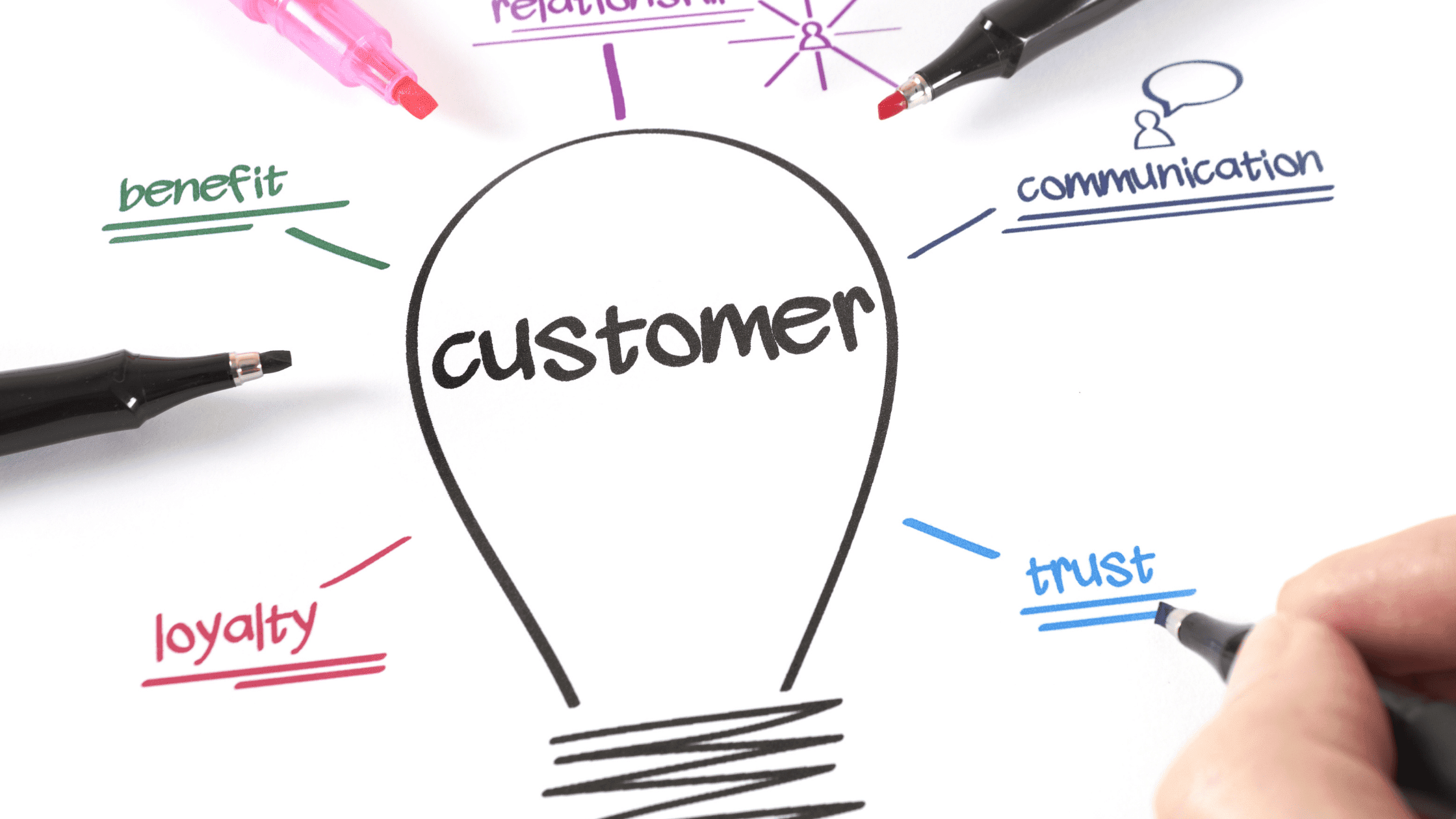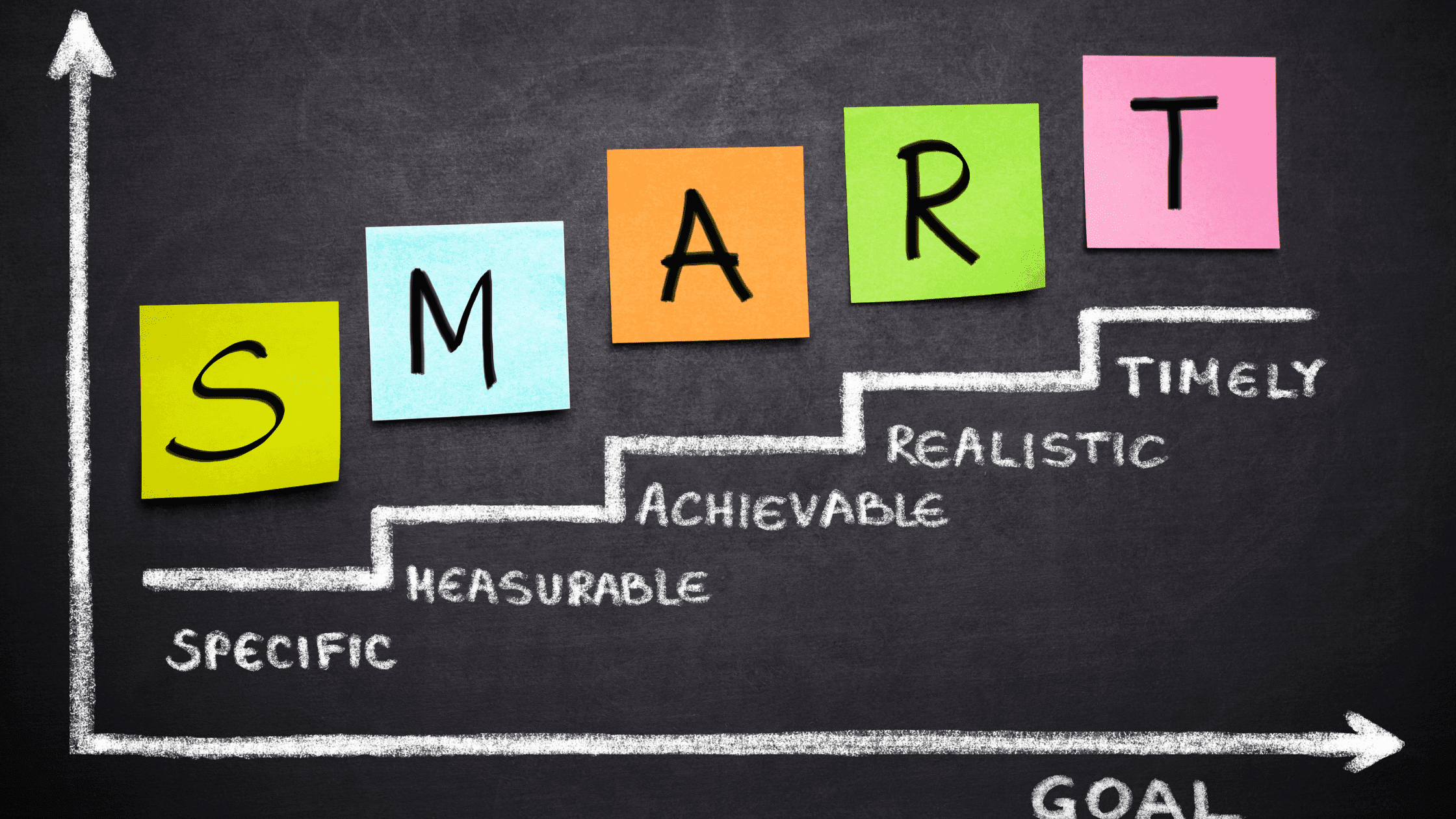Are you wondering how to create buyer personas? In this article, we’ll take a closer look at some of the most common mistakes when it comes to creating B2B buyer personas. We’ll also go over some tips on how to avoid them.
What Are Buyer Personas?
In B2B marketing, it is common to use the so-called buyer personas – a kind of fictional description of a company’s ideal customer.
If done correctly, they can be an invaluable asset to a company’s sales and marketing team. On the contrary, if you make a mistake, it can have a negative effect on the company’s growth.
Mistakes To Avoid When Creating B2B Buyer Personas
1. Trying To Develop Buyer Persona Based On Assumptions
When creating B2B buyer personas, it is important not to assume too much. Far too many people create personas based on opinion or perception instead of using information that comes directly from a customer.
This is because it is easier to talk to people internally at your own company than it is to contact the real target group that represents the types of customers you really want information about.
Just because your persona is a fictitious representation of your ideal customer, it does not mean that it should be based on who you want your ideal customer to be or who you think it is.
Your buyer persona for B2B should be based on real data, behavior, and demographic information. The information you use should mostly come from recent customer interviews. But your buyer persona analysis could also include internal interviews, research, reports, and findings of your customers.
The most relevant information for creating buyer personas comes directly from people who actually represent your ideal customers. This means that you may need to contact companies that have chosen not to do business with you.
You also need to interview companies you wish you could do business with. When it comes to this, many companies find it inconvenient. But the information you get from such an interview is worth more than interviewing customers you already have a relationship with.
If you choose to base your buyer persona segmentation entirely on existing customers, you risk attracting only those companies that follow the same purchasing pattern.
Did you get a lead from personal contact or did the company know you from before? How would you convince someone who has never heard of your company to do business with you?
2. Interviewing The Wrong People

As I had mentioned earlier, a buyer persona should represent your ideal customer. But who is it? What is the relationship between your company’s purpose and your buyer personas?
An ideal customer can differ significantly between different companies and industries and also between different sales organizations.
Some are looking for new strategic deals while others want to establish agreements with quick deals. There are companies that are trying to enter new markets while others trying to niche themselves and narrow down their focus.
My advice is to bring this up for discussion during meetings with the management, marketing, and sales teams. Find out who your ideal customer is and how you can uncover your buyer personas reading habits before you start working with personas.
When companies know who they want to reach, they usually make a list of customers that they could interview.
Unfortunately, this list is often not based on those who represent the company’s ideal customers, but on those who they have good relations with. This is not the right starting point.
If the relationship is a problem, then get an external consultant to conduct the interview. If it is a customer who you want to work with but do not have a relationship with, it can also be considered trustworthy and serious.
This could lead to getting off to a good start together. After all, solving customers’ problems is about listening and helping and that is what personas are all about.
Always make a list based on the buyer persona types you want to work with regardless of previous customer relationships, lost or won deals. See it as an opportunity to find out why you did not get a certain assignment or deal. Learn from it and use it to shape your offer and method of communication.
3. Not Interviewing Enough People
Creating a buyer persona requires enough data. You shouldn’t interview very few people but also not too many.
Companies often interview one or two customers and think that it is enough to get a good understanding of how customers think and feel.
A rule of thumb is to conduct at least 3-5 interviews per person. If you feel that you need more information, conduct a couple more interviews.
In certain industries, it may take 8-10 interviews to find the pain points and triggers that make your potential customers pay attention to your company.
This information is helpful in creating an inbound campaign that attracts the type of customers to your website, turn them into leads, and builds long-term relationships.
4. Creating Very Few (Or Too Many) Personas

It is common for B2B businesses to have several different team members. Who at your company will buyer personas most benefit?
A project manager may be the one who does the research and looks for new possible suppliers, but the CEO and CFO make decisions. Therefore, content may need to be created for all three personas. They have the same goal but different paths to get it. If you work with different industries, the need for more personas can increase.
Make sure the number of personas does not distract you. It is recommended that you start with one customer persona at a time and adapt everything in your inbound marketing to suit that.
Once you have created content that helps your chosen persona throughout the purchase journey, you can start with the next one. This way, you build your content marketing in a step-by-step process, and you’ll get results faster.
A common mistake is to spread too thin and not build a deeper relationship with any customer. This is because you have invested in reaching too many personas instead of focusing on one at a time. It is quite common in large companies with different business areas or in the ones that work on different verticals and segments.
5. Sabotaging The Interview
When is an appropriate time to conduct a buyer persona interview?
Let’s be honest. No one wants to disturb their customers with a lot of questions that they missed during the interview. So be careful about respecting the customers’ time and stick to the agenda.
Many a time, interviews turn out to be a “project meeting” or friendly conversation where you hold back on your questions because it was inconvenient to ask.
Therefore, let the customer know in advance the questions you plan to ask and what you will use the information for. With a better understanding, it is easier for the customer to trust you and help you further in the process.
Make sure you are well prepared and know what you want to get out of the interview. Record the interview and write down everything that was discussed. Do not lose your focus by taking notes during the interview. Instead, try to pay attention to what is being said.
Make a checklist so that you don’t miss anything. Feel free to use questionnaires as a template if you are not sure how to create buyer personas.
Prioritize the questions so that the most important ones do not get left out in case you run out of time. Let the customers talk and you should try to take up as little time as possible.
A useful tip is to discuss your key findings with a co-worker after the interview and let that person ask you further questions. The more interviews you do, the better you will get at understanding your ideal customers’ thoughts, feelings, and business processes.
6. Guessing The Keywords

Once you have developed your buyer persona and created content that would help the persona discover your company online, it is important to develop the right keywords.
Many people try to guess the keywords the potential customers are searching for. But if you have done a thorough analysis of your persona, you should also be able to do accurate keyword analysis.
A keyword analysis finds the words your personas use in their online searches. If you have content tailored to these keywords, you can get free, valuable traffic to your company’s website. This traffic can then be converted into leads and eventually customers.
Keep in mind that keywords for which your competitors are also trying to rank require significantly more effort than the ones that they may have not considered.
By assessing the competition, difficulty, and business value, you can create valuable content that generates traffic. This would result in higher conversions, considering you have put in the effort for developing buyer personas.




